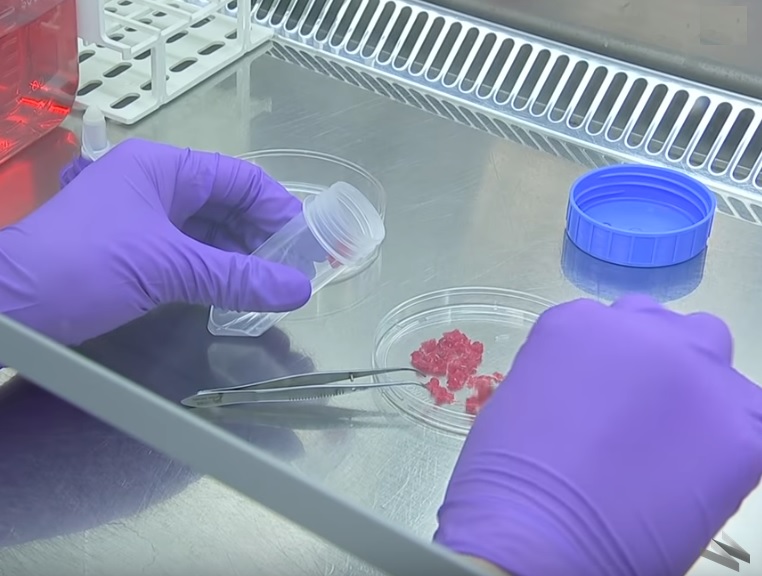There are countless articles about the fake meat business lately and most of them are little more than promotional pieces for the companies producing plant-based alternatives to meat. A recent Wall Street Journal (WSJ) article titled “This Anti-CEO’s Mission Impossible: Use Capitalism to Kill Meat,” took a slightly different path, expressing a small dose of skepticism about the long-term prospects for fake meat products and the ability of companies such as Impossible to turn consumers toward a vegetarian lifestyle in large numbers. We take the fake meat industry’s attacks and attempts at growth very seriously. However, there is little evidence to suggest that plant-based alternatives are anything more than a fad being driven by massive investments in advertising, outdated information and many false or misleading claims about the impact U.S. beef production is having on the planet.
Impossible Foods CEO Pat Brown, who was profiled in the WSJ piece, is well-known for his slanted views on this topic, and his outrageous plans for his products. However, his bluster isn’t being matched by performance. Despite spending millions to promote plant-based alternatives to meat, these products have failed to make significant gains in market-share. The reason is simple. The products Mr. Brown and others are producing aren’t being demanded by consumers.
Despite an admission by Mr. Brown that “It’s not going to work telling people how to eat,” he’s doing exactly that by using misinformation to paint a false narrative. Mr. Brown and his followers are using the popular tactic of climate shaming to advance the Impossible cause. Citing global livestock GHG emission numbers to lure consumers into his snare, he ignores the fact that U.S. beef’s footprint is miniscule. According to the U.S. Environmental Protection Agency, beef production in the United States is responsible for just 2 percent of all U.S. greenhouse gas emissions. American beef production’s contribution to greenhouse gas emissions is far less than sectors such as transportation, at 29 percent or electricity generation, which accounts for 28 percent.
If solving climate concerns was Mr. Brown’s intention, he should have focused his energy on replacing fossil fuels, not replicating protein. Trying to solve a climate crisis by removing beef from American diets is the equivalent of trying to make it to the moon using a ladder. It’s likely Mr. Brown and others promoting their alt-meat products know the facts and choose to ignore them; instead they spout misleading emissions numbers and rely on the basest form of marketing to guilt American consumers into buying something that they don’t want, while enriching themselves.
While Impossible may continue to refine its products, they will still be the opposite of what consumers expect when making a purchasing decision. Today’s consumers want simple, easy-to-understand foods. They want natural products that are minimally processed and fresh. Over time, when consumers compare a single-ingredient product such as beef to the periodic table of chemicals included in an Impossible product, no amount of climate shaming will convince consumers to ignore the fact that Impossible’s Frankenpatty was created in a lab. Until then, we must continue to fight together against the misleading claims and false promises being made by Mr. Brown and those like him.
Disclaimer: Articles featured on Oregon Report are the creation, responsibility and opinion of the authoring individual or organization which is featured at the top of every article.


